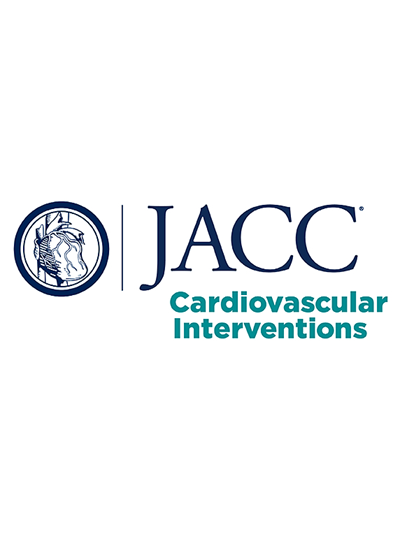高出血风险人群的抗血栓治疗,第一部分
IF 11.7
1区 医学
Q1 CARDIAC & CARDIOVASCULAR SYSTEMS
引用次数: 0
摘要
心脏经皮介入治疗后的抗血栓治疗是预防血栓事件的关键,但不可避免地会增加出血量,这与所用抗血栓药物的数量、持续时间和效力成正比。出血并发症具有重要的临床影响,在某些情况下可能超过减少血栓事件的预期益处。由于不同患者对抗血栓药物的反应差异很大,人们一直在不遗余力地识别出血风险高(HBR)的患者,可能需要对这些患者的抗血栓治疗进行调整,以优化安全性和有效性之间的平衡。在接受心脏经皮介入治疗的患者中,最近的技术进步使降级策略得以在不影响疗效的情况下减少出血,预计高出血风险患者将从此类方法中获益最多。指南并没有广泛扩展关于 HBR 患者抗血栓治疗降级策略的主题。在这篇综述中,我们讨论了相关证据,并为接受各种心脏经皮介入治疗的 HBR 患者提供了最佳抗血栓治疗的实用建议。本文章由计算机程序翻译,如有差异,请以英文原文为准。
Antithrombotic Therapy in High Bleeding Risk, Part I
Antithrombotic therapy after cardiac percutaneous interventions is key for the prevention of thrombotic events but is inevitably associated with increased bleeding, proportional to the number, duration, and potency of the antithrombotic agents used. Bleeding complications have important clinical implications, which in some cases may outweigh the expected benefit of reducing thrombotic events. Because the response to antithrombotic agents varies widely among patients, there has been a relentless effort toward the identification of patients at high bleeding risk (HBR), in whom modulation of antithrombotic therapy may be needed to optimize the balance between safety and efficacy. Among patients undergoing cardiac percutaneous interventions, recent advances in technology have allowed for strategies of de-escalation to reduce bleeding without compromising efficacy, and HBR patients are expected to benefit the most from such approaches. Guidelines do not extensively expand upon the topic of de-escalation strategies of antithrombotic therapy in HBR patients. In this review, we discuss the evidence and provide practical recommendations on optimal antithrombotic therapy in HBR patients undergoing various cardiac percutaneous interventions.
求助全文
通过发布文献求助,成功后即可免费获取论文全文。
去求助
来源期刊

JACC. Cardiovascular interventions
CARDIAC & CARDIOVASCULAR SYSTEMS-
CiteScore
11.60
自引率
8.80%
发文量
756
审稿时长
4-8 weeks
期刊介绍:
JACC: Cardiovascular Interventions is a specialist journal launched by the Journal of the American College of Cardiology (JACC). It covers the entire field of interventional cardiovascular medicine, including cardiac, peripheral, and cerebrovascular interventions. The journal publishes studies that will impact the practice of interventional cardiovascular medicine, including clinical trials, experimental studies, and in-depth discussions by respected experts. To enhance visual understanding, the journal is published both in print and electronically, utilizing the latest technologies.
 求助内容:
求助内容: 应助结果提醒方式:
应助结果提醒方式:


